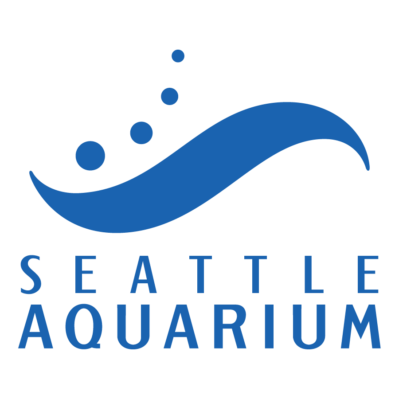Seawater
GOAL: Reduce seawater consumption by 25% from 2018 levels by 2030
Goal Update
2018: 2,365,000,000 gallons*
Goal: Reduce seawater consumption by 25% from 2018 levels
*Estimate based on flow rate of pumps
Recent Efforts
When the Window on Washington Waters (WOWW) habitat was renovated around 2008, a recirculation pump was installed. This pump had not been used until staff had capacity to begin testing its effect on the animals and water quality in 2023. Throughout 2023 and 2024, the recirculation pump was tested and animals and water quality monitored. It was successful and is now running. This recirculation pump has the possibility of reducing the Aquarium’s seawater usage by up to 10%.
The Seattle Aquarium's seawater consumption
The Seattle Aquarium is perched above Elliott Bay and has ready access to seawater, but use of this water may negatively impact water quality due to effluents. There are also environmental and fiscal impacts associated with the energy required to pump this water. The Aquarium typically runs an open system for its temperate habitats, where water continually flows through habitats and drains back to Elliott Bay. However, the Aquarium also has the ability to run the Window on Washington Waters habitat on a closed system for a limited duration. There are many benefits to an open system.
High flow rates reduce the need for treatment, which requires space for additional pumps, pipes, filters and equipment. The Aquarium’s space is limited because it is on a pier, and an open system saves space typically devoted to circulating and treating water. Many of the Aquarium’s animals are native to the region and benefit from the composition of the water flowing through the Aquarium. For example, some animals take seasonal cues from the water to spawn. However, an open system requires significant energy to pump water and makes the Aquarium dependent on water conditions outside its control.
Priority Strategies
Continue to influence the region through policy and advocacy 
The Seattle Aquarium is intricately connected to the water around it. Expanding the Seattle Aquarium’s conservation mission through policy can have a major impact outside of the Aquarium’s walls. Adding capacity to the policy team will allow the Aquarium to build on those efforts and be a regional leader in water policy.
Solve storage issues to make space for upgrades by decluttering and rightsizing space needs 
Pumps, pipes, filters, and water storage all take room, which is a limiting factor on Piers 59 and 60. Creating and planning for adequate space for equipment is necessary for the success of the Aquarium.
Identify synergistic opportunities and proceed with the recommendations of the TJP report 
The TJP report provides detailed water use recommendations. The Aquarium will identify where those recommendations lead to a reduction in water use and pursue those strategies vigorously.
Reexamine flow and adjust water needs based on water chemistry 
Animal health and well-being are critical, and animals benefit from a constant flow of water. However, a proactive and responsive approach to identifying water chemistry needs will allow the Aquarium to reduce water use without compromising animal health.
Run analyses to understand water, energy, and cost trade-offs
Water consumption and energy are intricately intertwined. Whether the Aquarium pumps in new water or circulates and chills water, all these activities require energy. Analyses to determine energy savings of different activities on different habitats will help the Aquarium prioritize where to save water.
Report water use to staff and the public
Reporting water use creates a feedback loop and elevates the importance of water conservation to the public and staff. Reporting also generates buy-in and engagement by users.




